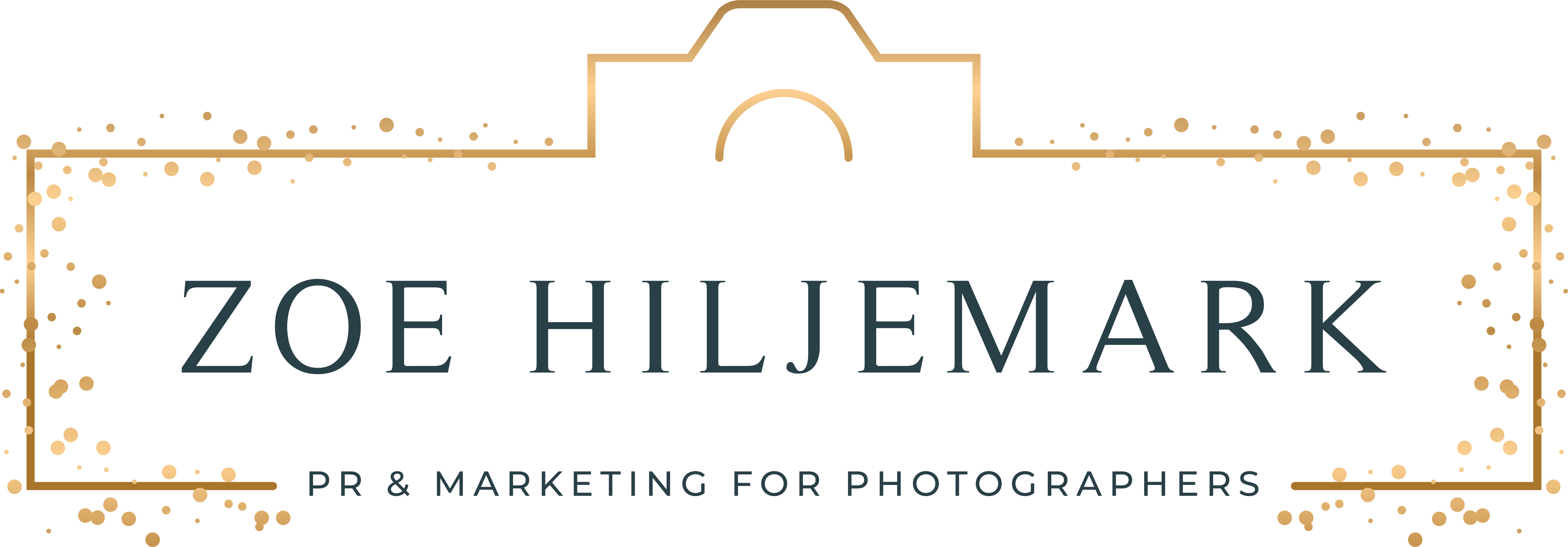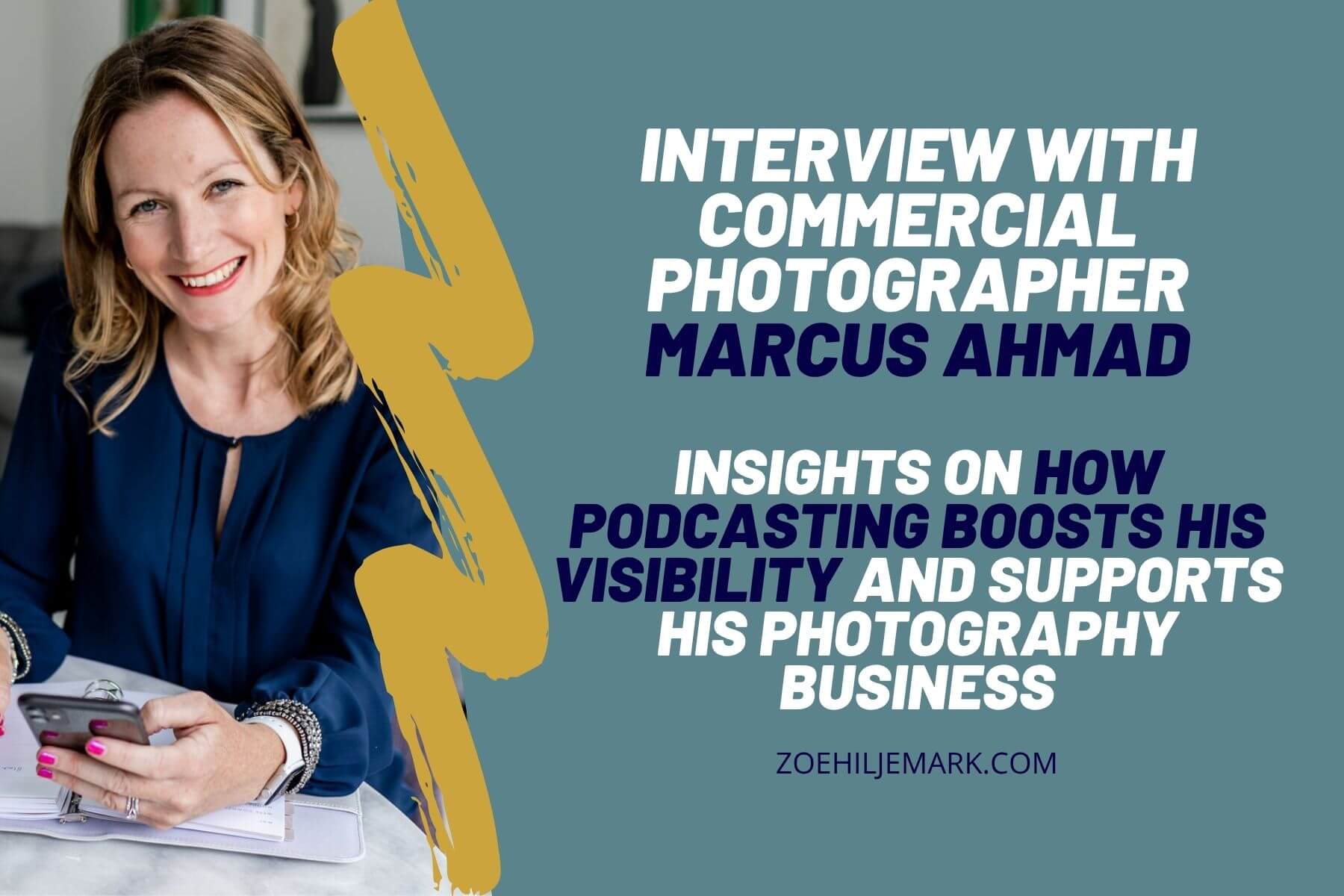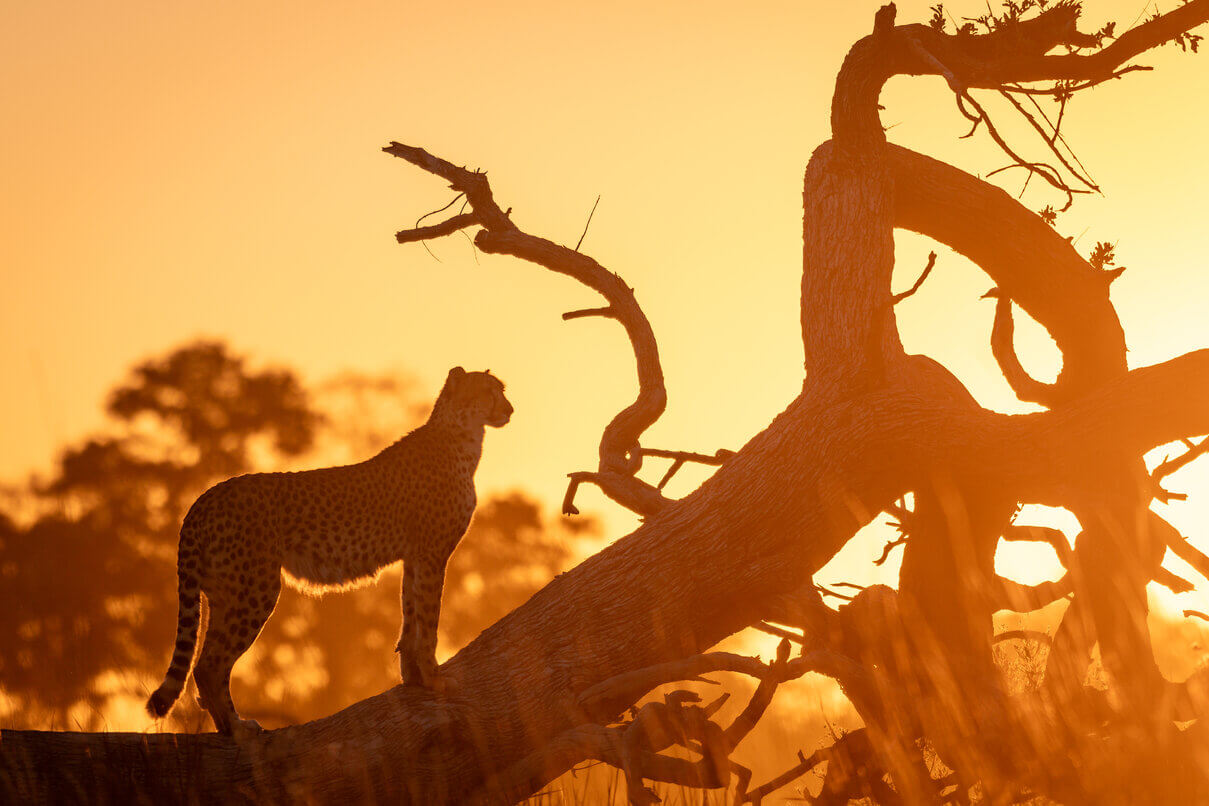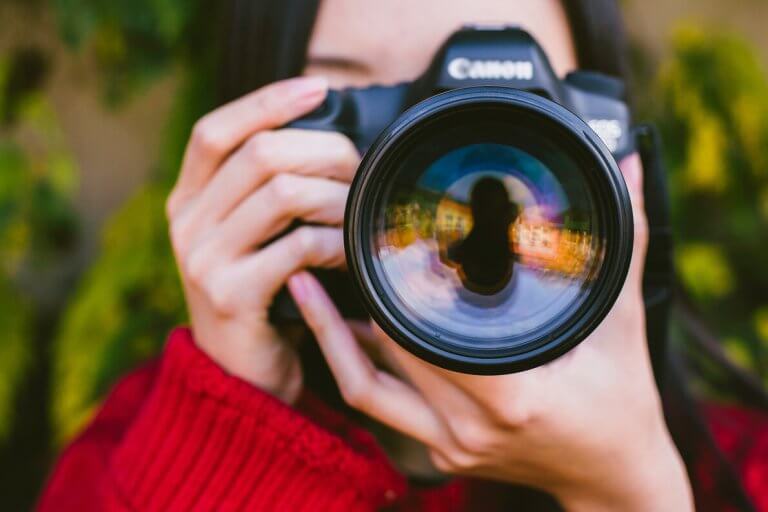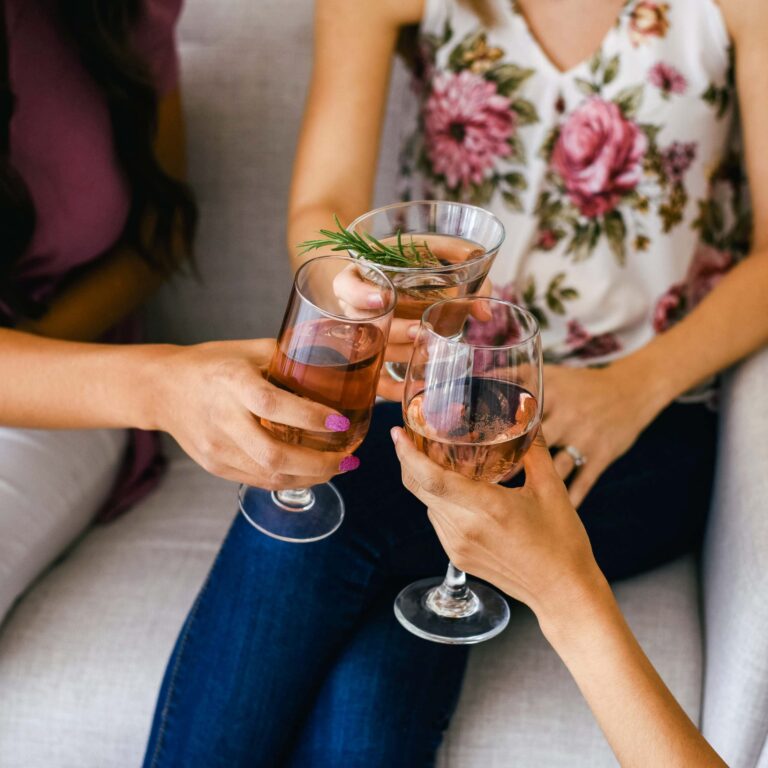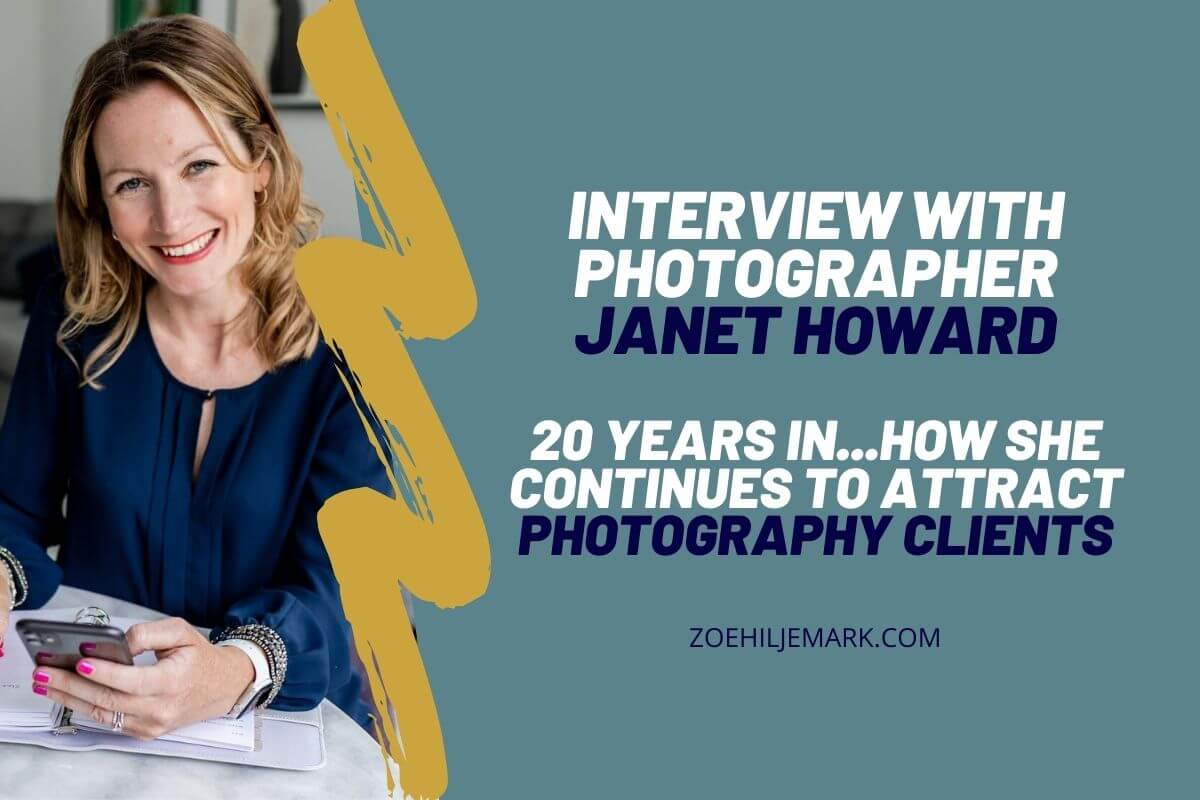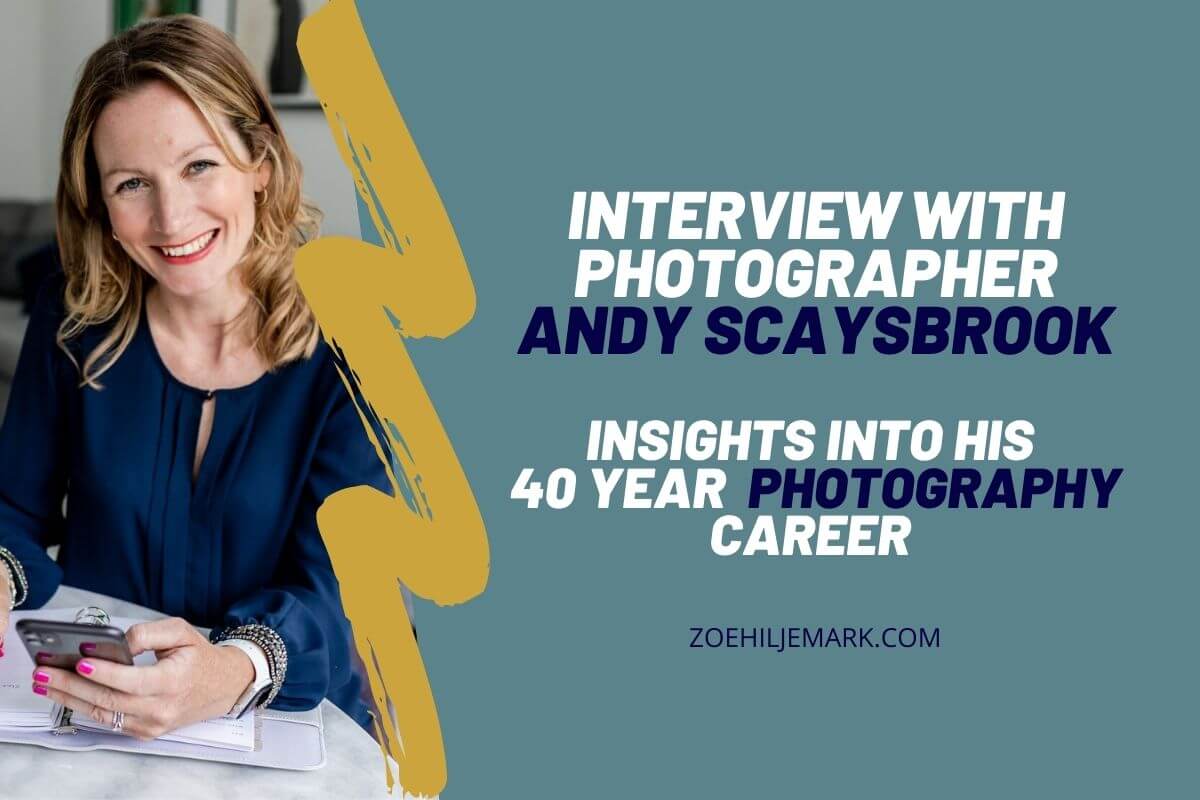Jules Oldroyd: Combining Art And Advocacy For Wildlife Protection And Conservation
Jules Oldroyd is an acclaimed fine art wildlife photographer based in London. She is known for her powerful imagery captured in some of the planet’s most remote and awe-inspiring locations, including the wilds of Africa, the jungles of India and the icy landscapes of the Arctic.
A dedicated advocate for wildlife protection and conservation, Jules is deeply committed to protecting endangered species and habitats. She actively supports initiatives such as the Amboseli Trust for Elephants and Polar Bears International, and donates 10% of all print sales to support their conservation efforts.
Her striking portfolio of wildlife photography has received international acclaim, earning accolades from the World Nature Photography Awards, Nature’s Best, the Mono Awards, and the Fine Art Photography Awards. Her images have also been featured by global media outlets, including the BBC and Forbes.
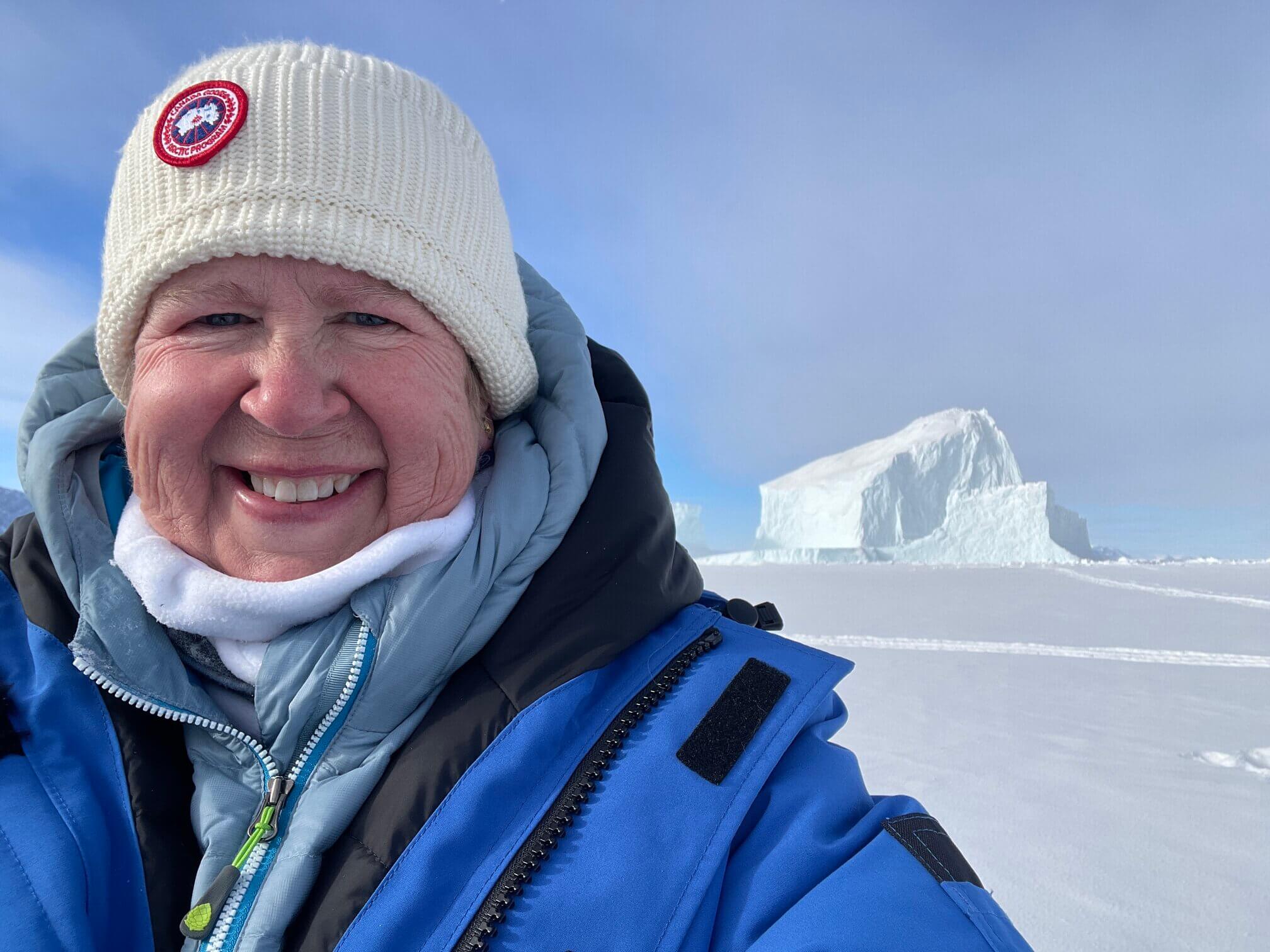
Exclusive interview with fine art wildlife photographer, Jules Oldroyd
In this exclusive interview, Jules shares how her work goes beyond aesthetics to support wildlife protection and conservation efforts, and inspire deeper connections with the natural world.
She reflects on how her creative vision has evolved into a mission-driven practice—one that combines artistic visual storytelling with advocacy for some of the world’s most vulnerable wildlife species.
Want to be featured in this Purposeful Photography Series? Get in touch to apply.
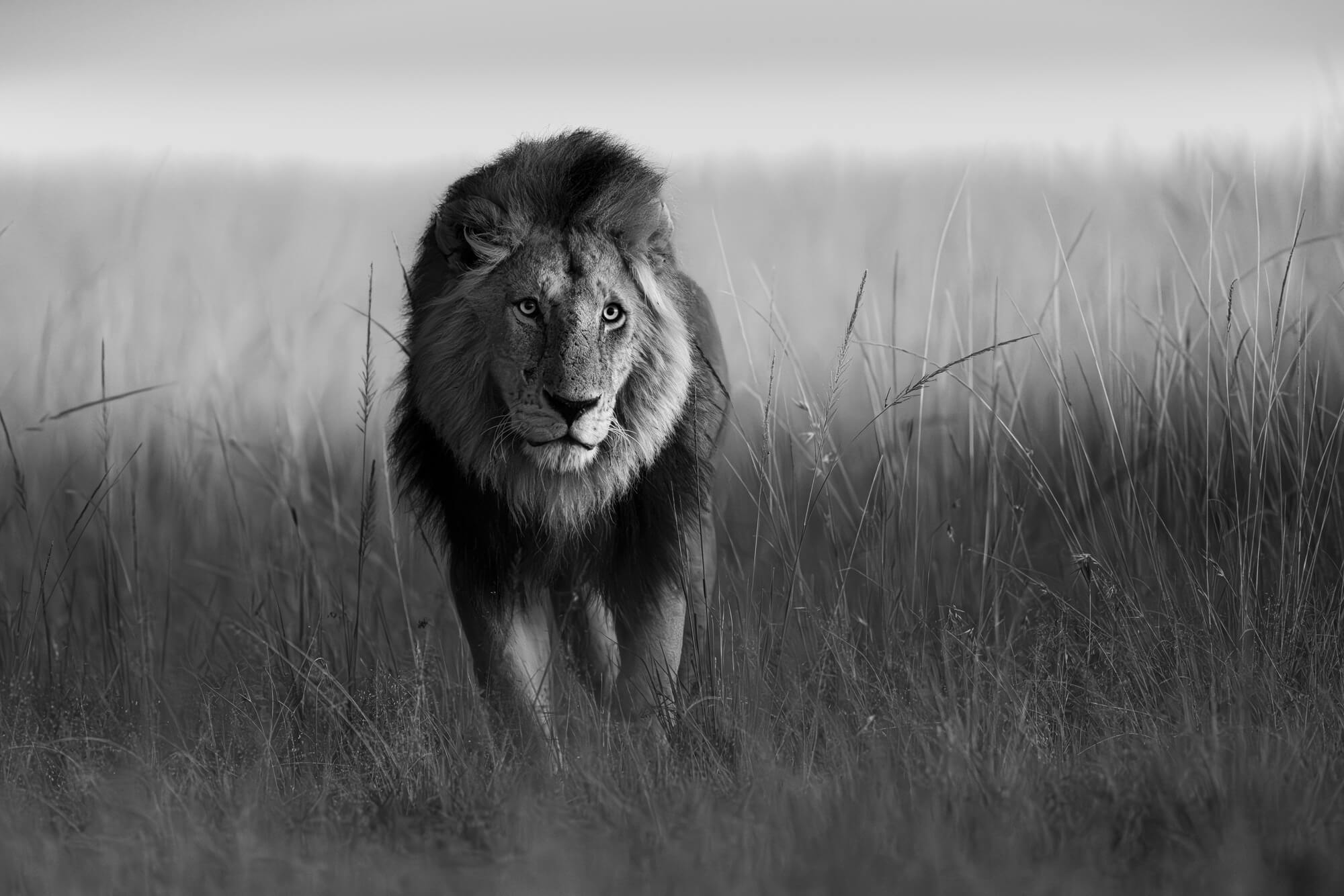
Can you tell us about the deeper purpose behind your photography? What drives you creatively and personally?
Jules: “As I have developed as a photographer and travelled more extensively to photograph certain species, I am never happier when I can capture an animal in their natural environment. I like my images to be immersive, have a sense of place, almost like a painting. I want the viewer to wish they were there with me and to care about what I and they are witnessing.
One of the wildlife photographers that I have admired since I began taking pictures of wildlife and who has had a huge impact on my style is Nick Brandt. His mission with his images is one that I also try & aspire to.”
“I want my images to achieve two things in this regard – to be an elegy to a world that is tragically vanishing, to make people see what beauty is disappearing. Also, to try and show that animals are sentient creatures equally as worthy of life as humans.”
Nick Brandt
How did your interest in creating purposeful or impact-driven work begin? Was there a moment, experience, or project that shaped this path for you?
Jules: “During my working life, I have been very lucky to work for two mission-driven organisations. I worked for 20 years for C4, a public service broadcaster with a commercial remit. This meant that it invested all profits back into programming aimed at audiences not served by other broadcasters. I then had eight years with National Geographic, managing the strategy for all the channels internationally.
National Geographic is one of the most respected organisations with a mission to support explorers, photographers and scientists in their respective fields. In both companies, the programming and initiatives which had a clear social or scientific purpose were often the most successful, and in my roles, I was able to work closely with producers and talent, whether on & off screen, to help make those happen.
So, when I launched my website and career as a full-time wildlife photographer, one of the goals I was very clear on was to have a percentage of my sales support conservation charities. I have also donated some of my images to other charities and NGO’s such as Mara Elephant Project & How Many Elephants to contribute to their marketing efforts.”
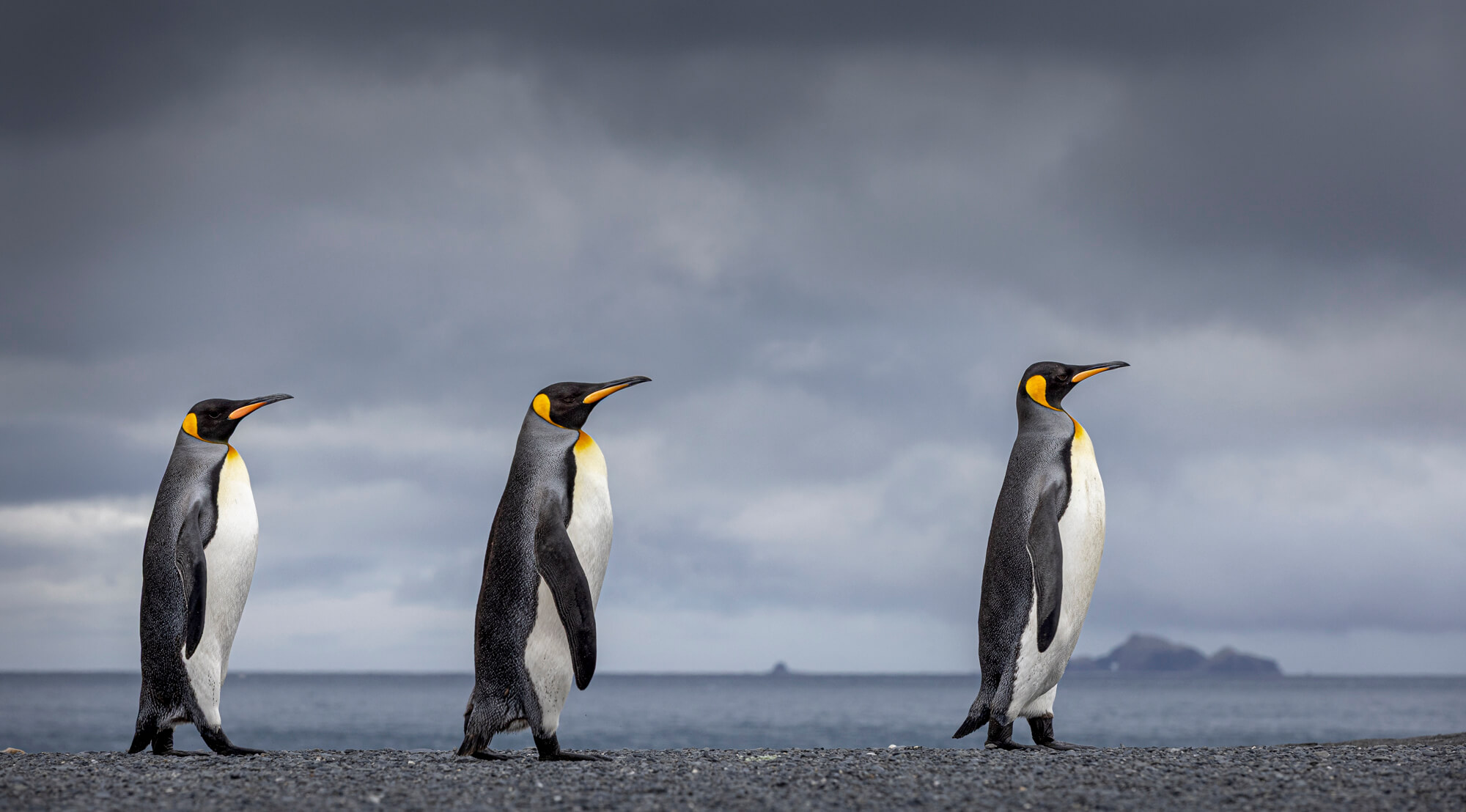
In what ways do you feel your photography contributes to something bigger than just the final image, whether that’s in your local community, industry, or the wider world?
Jules: “Besides supporting conservation charities, I have also taken part in photography initiatives such as Remembering Wildlife and Greatest Photographer Kenya.
In the latter, I am one of the featured photographers who help to support the competition by pushing their social media to raise awareness amongst other photographers, but I also take part myself. The cost of entries to both competitions helps to support various conservation projects.”
How does your sense of purpose influence how you approach your work, your subjects, or the stories you tell through your photography?
Jules: “As my photography style and portfolio has evolved, so has my appreciation for certain species. I think my portfolio of elephant images from Amboseli and polar bears in the Arctic is some of my strongest.
African elephants are considered endangered due several factors- climate change, habitat loss and poaching. I was in Amboseli two years ago in the middle of the drought in East Africa and won’t forgot seeing carcasses all over the dry and dusty landscape.
However, elephants are some of the most resilient animals on the planet, as are polar bears and I am constantly looking at ways to tell their stories that might get people to care more about their future.”
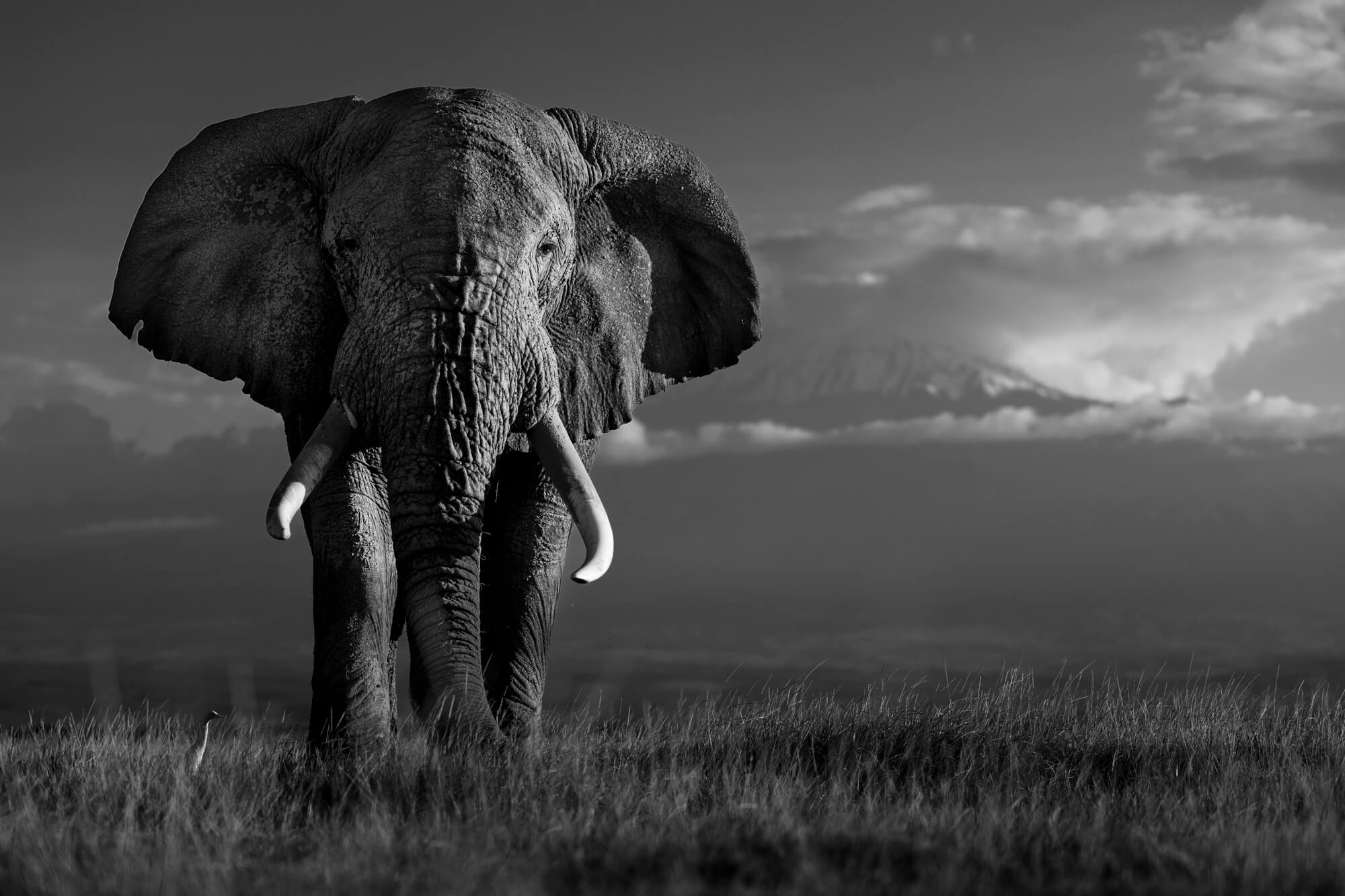
Can you share an example of a project, series, or moment where you saw your photography make a real impact on someone else, on yourself, or in a broader sense?
Jules: “It was gratifying that after seeing some of my elephant images on Instagram that I was approached by the teams at MEP and How Many Elephants to help with their marketing efforts.”
What challenges or dilemmas have you encountered in creating work that has meaning beyond aesthetics, and how have you navigated them?
Jules: “I am very conscious that some of the species that I chose and love to photograph require travelling great distances. To photograph polar bears in Baffin Island, which is one of the most pristine environments on earth, requires 5 flights & a 3.5-hour skidoo ride to get there! This is also an animal that is vulnerable to climate change.
Am I helping to make this worse? I do look at ways to offset my carbon footprint, but this is a dilemma I have when trying to tell the stories of polar bears in their Arctic habitat.”
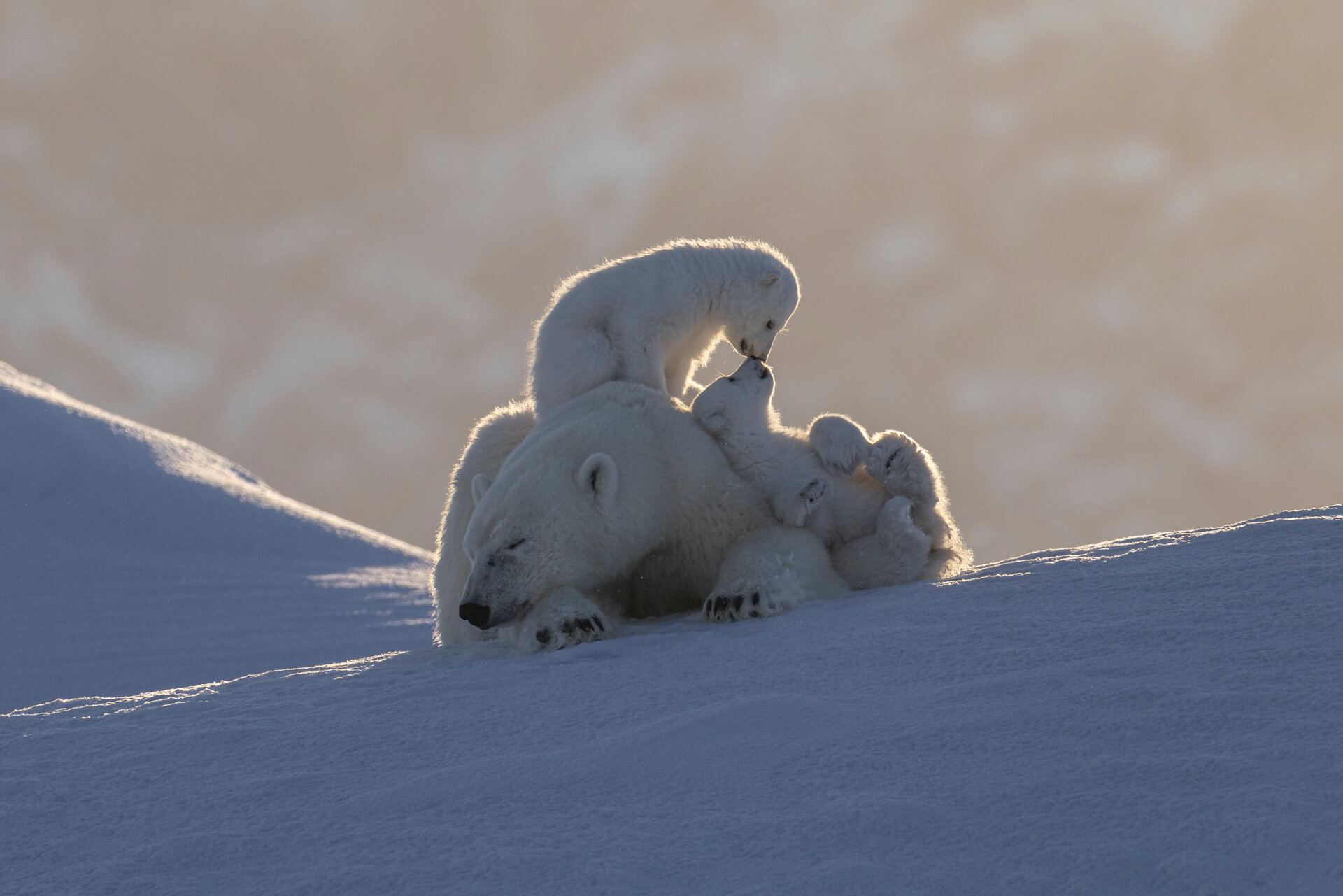
What advice would you give to other photographers who want to bring more purpose into their work, even if they’re not sure where to start?
Jules: “Whilst my photography is focused on Africa, Asia and the Arctic, I have also been looking at photo projects in the UK. I now regularly visit a photo hide to photograph foxes, one of the most vilified animals in the UK. I am also going back to Bempton Cliffs to photograph Gannets, who suffered a huge population decline to Bird Flu a couple of years ago. So there are always stories to tell close to home as well as abroad.
Also, find an animal you are passionate about and try and photograph it repeatedly. This really helps to understand their behaviour better, but also helps your storytelling.”
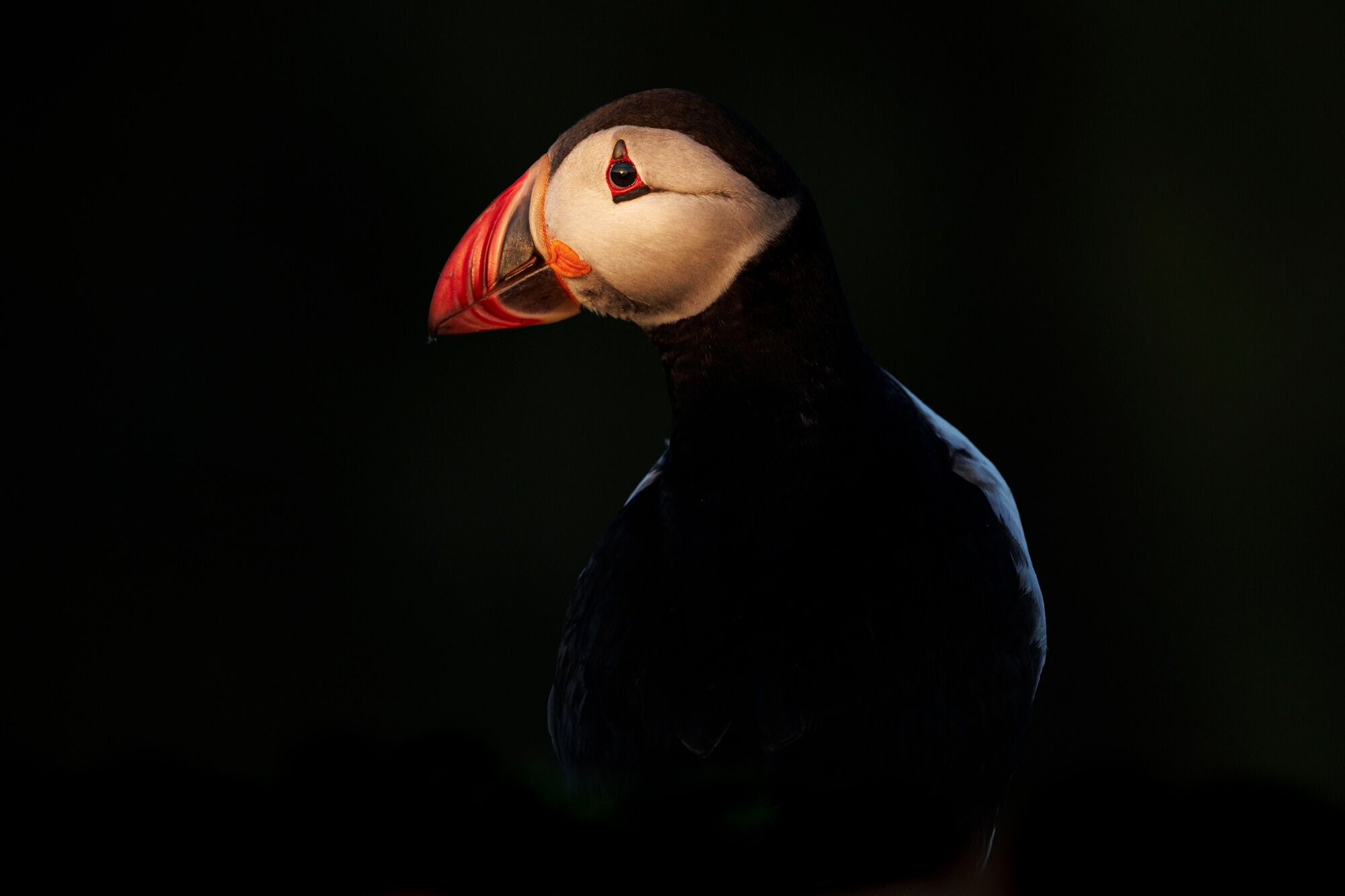
What’s next? Any upcoming ideas, collaborations, or goals you’re excited about?
Jules: “I recently exhibited in a London gallery for the first time, which was exciting, and I’m hoping for more of that in the future. I would also like to continue strengthening my portfolio with a view to self-publishing a book of my work within the next 18 months.”
Thanks again to Jules Oldroyd for sharing her fine art wildlife photography and these insights with us. Visit her website to discover her award-winning work and wildlife prints that directly support wildlife protection and conservation initiatives.
Copyright & Reproduction Notice: This interview may not be reproduced, republished, or distributed in whole or in part without prior written consent from Zoe Hiljemark. Proper attribution is required for any authorised use or excerpting.
